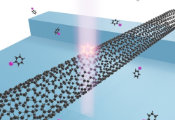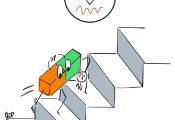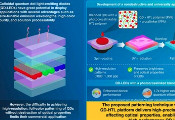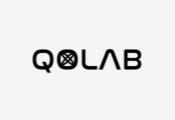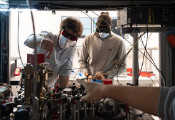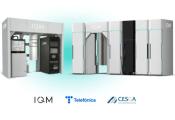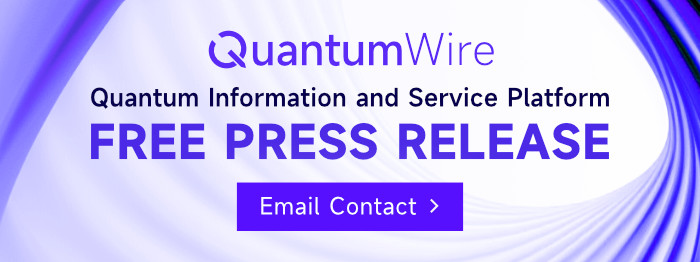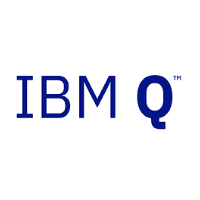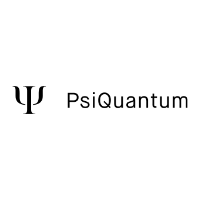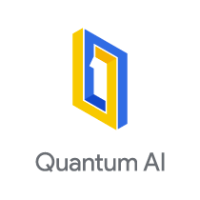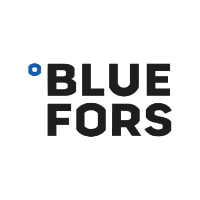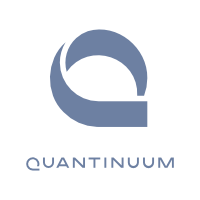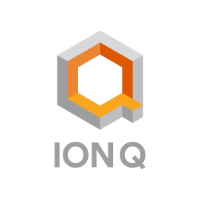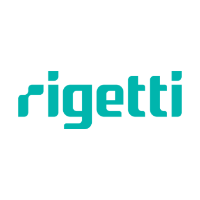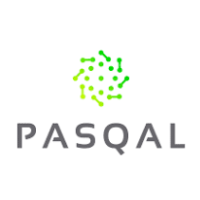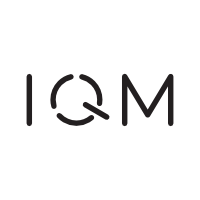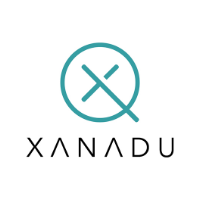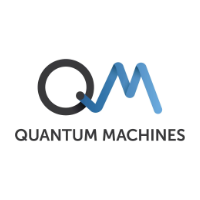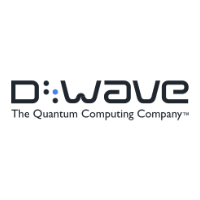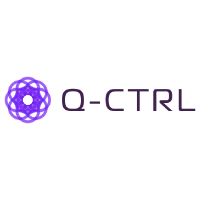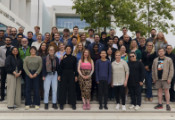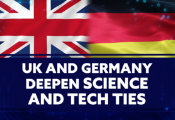Federal Funding Accelerates Quantum Innovation and Partnerships
January 21, 2025 -- Over $4 million in Federal investment will allow researchers from the UBC Stewart Blusson Quantum Matter Institute to form collaborations in quantum materials and computing, advancing innovative technologies such as quantum light sources for applications in computing, sensing, and communications.
The projects are among more than 100 announced by the Federal government through the Natural Sciences and Engineering Research Council of Canada’s Alliance Quantum grant, Alliance Consortia Quantum grant and Alliance International Quantum grant programs.
“Canada is proud to be a global leader in quantum science and technology,” said the Honourable François-Philippe Champagne, Minister of Innovation, Science and Industry, in making the announcement. “By investing in top-tier research, we’re fueling innovation and keeping our country at the forefront of global competition. Today’s investment will accelerate breakthroughs in quantum computing, communications, and security, creating new opportunities for Canadian businesses and strengthening our economy.”
“The outcomes of the recent quantum funding competitions underscore the significant progress being made under Canada’s National Quantum Strategy, advancing research and reinforcing our global leadership through strong collaborations. NSERC is proud to support groundbreaking research that will drive innovation and the development of quantum technologies,” said NSERC President Prof. Alejandro Adem.
The awarded projects aim to address important challenges in quantum science, while supporting the development of quantum technologies in a variety of areas, including quantum algorithms and encryption, communications, quantum computing, new materials, and quantum sensing.
Hybrid Integrated Quantum Light Sources
UBC Blusson QMI Investigator Lukas Chrostowski and collaborators have been funded to develop quantum light sources and demonstrate their use in quantum applications, including computing, sensing, and communications. The quantum light sources are based on the hybrid integration of quantum dot compound semiconductors with the silicon integrated photonics platforms. These light sources will use quantum dot lasers with stabilization circuits, and will pump non-linear circuits to create non-classical light sources for photon pair generation or squeezed state generation. The quantum applications will be in quantum computing (quantum photonic neural networks), quantum communication (quantum key distribution, QKD), and quantum sensing (quantum-enhanced LiDAR and gyroscopes).
High-temperature single-photon detectors for photonic quantum computing
Photonic quantum computing relies on high-efficiency superconducting transition-edge sensors (TES) that can detect weak optical signals at the telecom wavelength—but TESs currently operate at temperatures below 1K, imposing major technical hurdles in their use. In partnership with Canada’s Xanadu Quantum Technologies, UBC Blusson QMI Scientific Director Andrea Damascelli and his team will develop superconducting, monolayer- thin single-photon detectors designed to operate at higher and more useful temperatures.
Time-resolved Higgs spectroscopy in high-temperature superconductors
Another collaboration brings together Damascelli’s group at UBC Blusson QMI with teams at the University of Hamburg, the Max-Planck-Institute for Solid State Research, and Free University Berlin to develop advanced methods for detecting and classifying unconventional superconductivity at ultrafast timescales using time- and angle-resolved photoemission spectroscopy (TR-ARPES) and time-resolved Raman scattering. The project will contribute to the global effort to identify novel superconducting states and harness them for applications in energy and informational technology.
Synthesizing layered quantum materials in bulk
Layered quantum materials—or heterostructures—with emergent properties have been grown for years using molecular beam epitaxy. In collaboration with Rutgers University, UBC Blusson QMI Investigator Alannah Hallas will help create and characterize candidate compounds in this new class of materials with potentially exotic properties and help young Canadian researchers advance their careers at an international level.
Qutrit compilation strategies toward practical quantum simulations of lattice gauge theories
Led by Blusson QMI Investigator Olivia Di Matteo, this collaboration aims to develop the algorithmic framework and tools to implement a specific type of physics simulation, lattice gauge theory, with quantum computing. Lattice gauge theories have applications in understanding nuclear reactions and the behaviour of elementary particles. Instead of qubits, the team will use qutrits, which are systems that also have a “2” state. Qutrits are less explored than qubits but have lower resource requirements for some algorithms and are starting to become available on quantum hardware.
Advancements in quantum science and technology continue to generate powerful upgrades to Canada’s computing, communications, security and industrial assets. At the same time, investments in Canadian researchers ensure that Canada remains at the forefront of the global race for quantum innovation as we enter the International Year of Quantum Science & Technology, celebrating 100 years of quantum mechanics.

